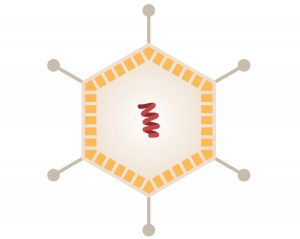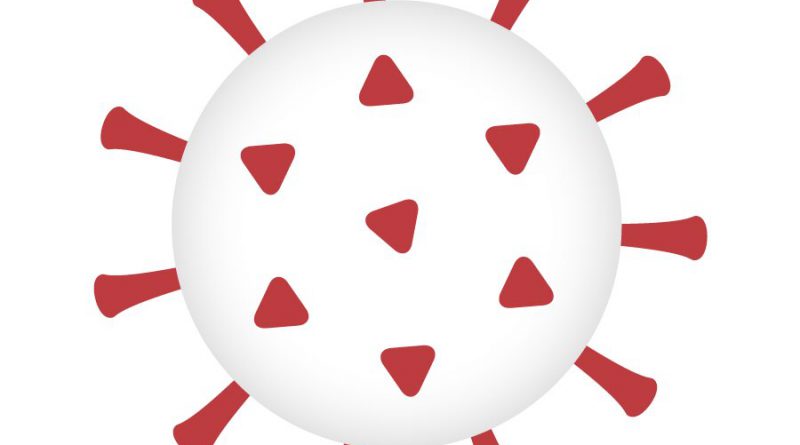Familiarity with different approaches to making corona vaccine
Scientists are developing more than 100 different vaccines for the new coronavirus using a variety of techniques, from traditional methods to methods that have not yet been approved for medical use.
coronavirus
According to Hamshahri Online, most of these vaccines target spike proteins, which coat the surface of the corona virus and help the virus enter cells. The immune system can prevent it from entering cells by making antibodies or antibodies that attach to these nail proteins.
Complete virus vaccines
Whole virus vaccines may use inactivated virus or attenuated live virus that is not pathogenic. When immune cells are exposed to the vaccine virus, they produce antibodies. These antibodies remain in the body and prevent infection with the pathogenic virus.
Making this type of vaccine requires growing a large amount of the virus in the laboratory. Making influenza vaccines that use this method usually requires the virus to grow in the egg. Other vaccine viruses grow in containers full of floating cells. It is because of the need for these supplies that it can take months to make a new vaccine this way.
Common vaccines for influenza, chickenpox, measles, mumps, and rubella are made this way.
These are the vaccines made by the Chinese company Sinovac and two vaccines developed by the Chinese National Pharmaceutical Group (Sinofarm) for the corona virus.

One step towards finalizing the Chinese Crohn’s vaccine
Genetic vaccines
Some experimental vaccines do not contain the whole virus. These vaccines instead contain genetic instructions for making viral proteins. These proteins can trigger the immune system to make antibodies, as well as trigger other immune responses against the virus.
One of the genetic approaches to making a vaccine is the DNA vaccine. In this method, a loop of engineered DNA containing the virus genes enters the cells. Cells read the virus genes and make copies of them into a molecule called messenger RNA, or mRNA. Prophet’s RNA then makes viral proteins. The immune system detects these proteins and triggers a defense response.
DNA vaccines have been approved for some veterinary diseases. But so far these vaccines have not been approved in humans. Of course, there are trials to use this type of vaccine in human diseases such as Zika and the flu.
Testing a prototype DNA vaccine for the corona virus, which is based on nail proteins, has been tested in monkeys to protect them from infection with the virus.
Successful trial of four DNA corona vaccines in the United States on primates
The vaccine developed by the American company Inovio for the corona virus is a DNA vaccine.
Another genetic approach to making a vaccine is to insert messenger RNA or mRNA directly into cells instead of DNA. By reading mRNA, cells make nail proteins and trigger an immune response.
There is no approved RNA vaccine for infectious diseases, and trials are underway to use this method to make vaccines against measles and other diseases.
The American biotechnology company Moderna has used this method to make a vaccine against the coronavirus and has achieved promising initial results.
Announcement of the preliminary success of the corona vaccine made by the American company Modrena
The common vaccine of Pfizer and Bivantec and the Curevac vaccine against coronavirus are also mRNA vaccines.
The advantage of genetic vaccines is that they can be produced more quickly than traditional vaccines.
Viral carrier vaccines
These vaccines use a non-pathogenic carrier virus to transmit pathogenic virus genes into cells.
Researchers have been researching since the 1990s to use viruses engineered to transmit genes of pathogenic viruses into cells and to produce an immune response against them.
Several research groups have used this method to add clove protein genes to a vector virus called adenovirus. This engineered adenovirus enters the cell and carries the corona virus gene into it. The adenovirus itself has been modified to lack one of the genes needed to reproduce and is therefore harmless.
This method has been used to make several vaccines for animal diseases such as rabies. Johnson & Johnson has used this technique to make vaccines against AIDS and Ebola, and both vaccines were safe in early human trials and have now entered the later stages of testing for effectiveness.
Johnson & Johnson, Canocino, and Oxford University vaccines for the coronavirus have been developed using this method.
The Oxford University corona vaccine may be available by the fall
Protein-based vaccines
These vaccines use a protein or a piece of protein.
One form of protein-based vaccine is a vaccine that contains virus-like particles that contain viral proteins. These particles do not cause disease because they are not real viruses, but they can activate the immune system against these proteins.
This is a vaccine made to protect against the human papillomavirus, or HPV.
Several groups, including Medicago and the Doherty Institute, are developing vaccines of this type for the corona virus.
Another form of protein-based vaccine is the new vaccine
